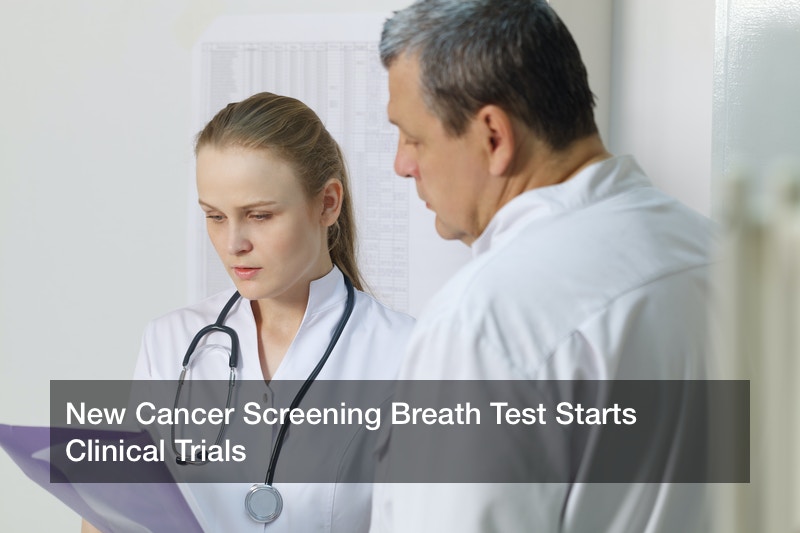New Cancer Screening Breath Test Starts Clinical Trials


A new noninvasive test developed to diagnose cancer has started clinical trials. Researchers from the University of Cambridge Cancer Research Institute, with support from Owlstone Medical, have developed a breath test that will help diagnose several types of cancer.
The breath test, called the Owlstone Medical Breath Biopsy, works by screening a patient’s breath for volatile organic compounds (VOCs). VOCs are compounds that are released from burning fuel such as natural gas, coal, or gasoline.
VOCs can also be found in human breath. The Owlstone Medical Breath Biopsy screens a patient’s breath for specific VOCs that may be able to identify cancer at any stage.
The new breath test could help medical professionals diagnose cancer before it’s spread, increasing a patient’s chances of survival. The test is currently being assessed in a clinical trial named the PAN Cancer Trial for Early Detection of Cancer in Breath.
“We urgently need to develop new tools, like this breath test, which could help to detect and diagnose cancer earlier, giving patients the best chance of surviving their disease,” said lead researcher Rebecca Fitzgerald.
“Through this clinical trial we hope to find signatures in breath needed to detect cancers earlier,” Fitzgerald said. “It’s the crucial next step in developing this technology.”
But how can a breath test use VOCs to diagnose cancer?
The body’s cells release a range of VOCs during their natural processes. Researchers found that when cells undergo mutations they change the kinds of VOCs they produce. The Owlstone Medical Breath Biopsy aims to detect these VOC changes.
“Owlstone Medical’s Breath Biopsy technology is the first to test across multiple cancer types,” Fitzgerald said, “potentially paving the way for a universal breath test.”
Although studies like mammography can reduce the risk of dying from breast cancer by 20% to 40%, it can be difficult to identify cancer in those with dense breasts. A universal breath test could make diagnosing breast cancer that much easier regardless of breast tissue.
What’s more, by identifying cancer earlier not only can researchers improve a patient’s chances of survival but also improve their overall enjoyment of life.
For instance, cancer can cause symptoms like chronic pain, which over 1.5 billion people suffer from, that might only be relieved by medications and therapies. Massage therapy is commonly used because 92% of patients agree it’s effective in reducing pain.
Researchers are currently collecting and analyzing breath samples from 1,500 clinical trial participants with stomach and esophagus cancer. In later trials, samples will be collected from patients living with kidney cancer, prostate cancer, bladder cancer, liver cancer, and pancreatic cancer.
The plan for the trial is that patients will receive the Owlstone Medical Breath Biopsy. After the test, patients will undergo traditional diagnostic methods to confirm the accuracy of the breath biopsy.
Owlstone Medical CEO Billy Boyle says there’s an increased potential for breath-based tests to aid in the diagnosis of cancer. Although exercise and diet play a critical role in reducing cancer risk (there’s a reason why chicken is the most-eaten protein), it’s cancer screening that ultimately makes the biggest impact.
“The concept of providing a whole-body snapshot in a completely noninvasive way is very powerful,” said Boyle, “and could reduce harm by sparing patients from more invasive tests that they don’t need.”
The breath test could also be a solution for those with chronic health conditions who often feel discouraged from undergoing cancer screenings. Researchers are hopeful about the clinical trial and believe the breast biopsy will improve future diagnostic processes.
“Technologies such as this breath test,” said Dr. David Crosby, the head of detection research at University of Cambridge Cancer Research Institute, “have the potential to revolutionize the way we detect and diagnose cancer in the future.”






